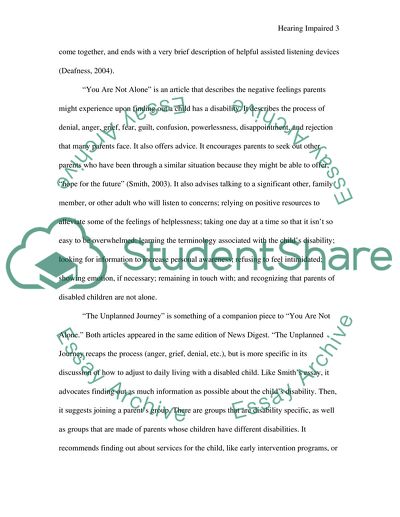Cite this document
(“Articles Review Lab Report Example | Topics and Well Written Essays - 1500 words”, n.d.)
Retrieved from https://studentshare.org/miscellaneous/1545304-articles-review
Retrieved from https://studentshare.org/miscellaneous/1545304-articles-review
(Articles Review Lab Report Example | Topics and Well Written Essays - 1500 Words)
https://studentshare.org/miscellaneous/1545304-articles-review.
https://studentshare.org/miscellaneous/1545304-articles-review.
“Articles Review Lab Report Example | Topics and Well Written Essays - 1500 Words”, n.d. https://studentshare.org/miscellaneous/1545304-articles-review.


